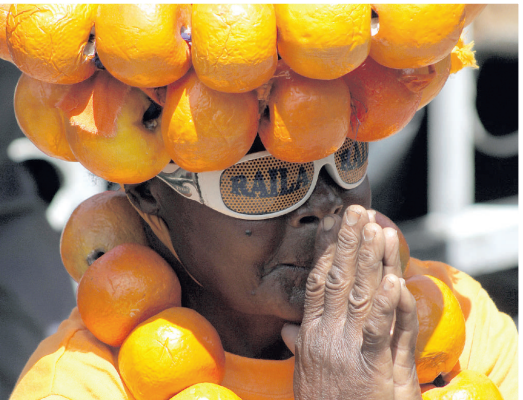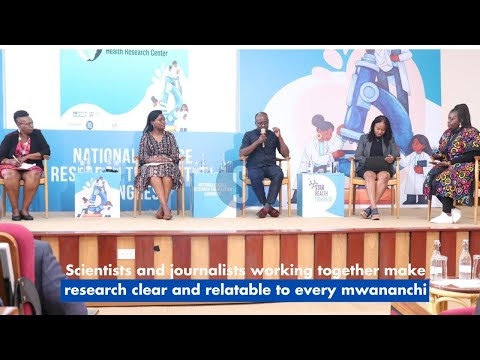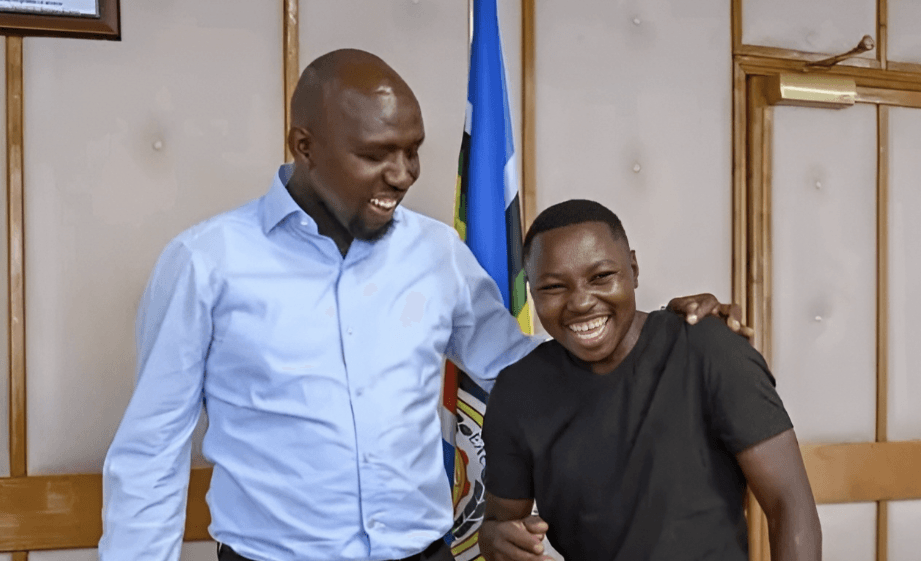

In the high-stakes casino of Kenyan politics, where alliances shift like desert sands, one entity consistently has proved its ability to not just play the game, but also to fundamentally shape the playing field: the Orange Democratic Movement.
As whispers and strategic leaks paint a fascinating, if hypothetical, picture of the 2027 presidential contest – one potentially without Former Prime Minister Raila Odinga running but with ODM backing President William Ruto’s UDA against a “Wamunyoro” challenger – an undeniable truth emerges.
ODM, with or without its iconic leader at the presidential helm, is poised to be the fulcrum upon which Kenya’s future power balances, policy directions, and even the 2032 presidency, will turn.
The numbers, as painstakingly crunched by political strategists and laid bare in various analyses, simply don’t lie. Consider the scenario: President Ruto leading the UDA secures ODM’s backing.
Based on the estimated strengths of their voting blocs – UDA’s dominance in regions such as the North Rift and Frontier counties, combined with ODM’s historical command of the Coast, significant swathes of the Lake Region Economic Bloc (LREB) and substantial support in Nairobi and the Maa region – the resulting coalition would be a numerical juggernaut.
The projection of a UDA-ODM force potentially commanding more than 18 million votes (rationalising overlaps from their individual estimated strengths of 10.2 million for UDA and 8.4 million for ODM from the 2022 registered voter base) presents a formidable, arguably insurmountable challenge to any contender, including the “Wamunyoro” bloc. It is estimated to consolidate around 7.6 million votes primarily from central Kenya and the Southeastern region.
A Ruto win, propelled by such an alliance, would be a resounding electoral statement. Yet, the more profound impact lies in the post-2027 power dynamics.
ODM would not be a mere passenger in this victory: it would be a co-pilot with significant control over the flight path. This is the crux of ODM’s enduring power – a strength cultivated not just through charismatic leadership but through a deeply ingrained strategy of bloc bargaining.
For years, Raila Odinga has masterfully positioned ODM to leverage its consolidated voter base, ensuring that even when not occupying the presidency, the party remains central to governance, policy formulation, and national dialogue.
The Grand Coalition Government of 2008, the 2018 “handshake and the recent inclusion of ODM figures in a “broad-based government” under President Ruto are testaments to this potent strategy.
This is precisely where the threat perception, articulated in political corridors, becomes palpable – not just for “Wamunyoro” axis, but, also and more intriguingly, for established power centres within UDA itself.
For the “Wamunyoro” bloc — likely coalescing around influential figures from the Mt Kenya region and intent on reclaiming national leadership —a UDA-ODM alliance represents an existential threat to its 2027 ambitions.
The numerical imbalance alone would be daunting. In response, their strategy may very well pivot towards deploying spoiler candidates, especially in ODM’s strongholds across the LREB.
The sudden emergence of presidential interests from figures such as former Interior CS Fred Matiang’i, former Chief Justice David Maraga and Busia Senator Okiya Omtatah fit this possible calculus.
Simultaneously, the bloc may seek to sow confusion within the Mulembe nation under the guise of a so-called Luyha unity campaign, fronted by local leaders such as George Natembeya, Cleophas Malala or Eugene Wamalwa.
The endgame? To fragment ODM’s vote base just enough to blunt the overwhelming weight of a UDA-ODM juggernaut — perhaps not to win outright, but to deny the alliance an unassailable mandate.
However, the more nuanced and perhaps more impactful “threat” is internal to UDA. An ODM deeply embedded in a Ruto second term, by virtue of its critical electoral contribution, would naturally command significant influence.
This includes a powerful voice in Cabinet appointments, policy priorities, resource allocation, and, crucially, the political chessboard leading to 2032. For those within UDA who currently wield considerable power and may have their own ambitions for 2032, or who simply prefer a UDA-centric power structure, ODM’s enhanced role could be seen as a dilution of their influence.
The “Orange” presence would mean more stakeholders at the high table, more competing interests in the succession matrix, and a shift in the internal UDA power dynamics that have been consolidating since 2022.
The recent moves by the Amani National Congress to merge with UDA, with an eye on a Musalia Mudavadi 2032 bid backed by UDA, further complicates this internal UDA landscape. An ODM with a strong post-2027 bargaining hand would be a major factor in whether such a 2032 plan for Mudavadi or any other UDA-aligned aspirant, materialises as envisioned.
This is why the proliferation of presidential aspirants from LREB, for instance, is viewed through a strategic lens.
Are they genuinely independent actors, or are they, as some opine, pawns in a larger game? The suggestion they could be “UDA moles” aiming to weaken ODM’s grip in its traditional zones speaks to a potential strategy by elements within the broader UDA sphere (perhaps those wary of ODM’s eventual influence) to pre-emptively manage ODM’s post-2027 clout.
Conversely, if these LREB candidates are seen as aiding “Wamunyoro”, it highlights the desperate scramble for any leverage against the primary UDA-ODM force.
Ultimately, the Kenyan political stage leading to 2027 and beyond is being set for a fascinating interplay of ambition and bloc power.
While a Ruto-ODM alliance appears numerically dominant on paper for 2027, the real victory for ODM may lie in its institutionalised ability to translate its enduring electoral strength into tangible, long-term political capital.
This makes ODM not just a party, but a political bloc that cannot be ignored, a force that will undoubtedly shape who governs Kenya and how, long after the 2027 ballots are counted, and well into the defining contest for 2032. The numbers, and ODM’s strategic mastery of them, ensure its enduring relevance.
Japheth K. Otiende is a Physics and Mathematics educator based in Gaborone, Botswana, with a research interest in African political history












